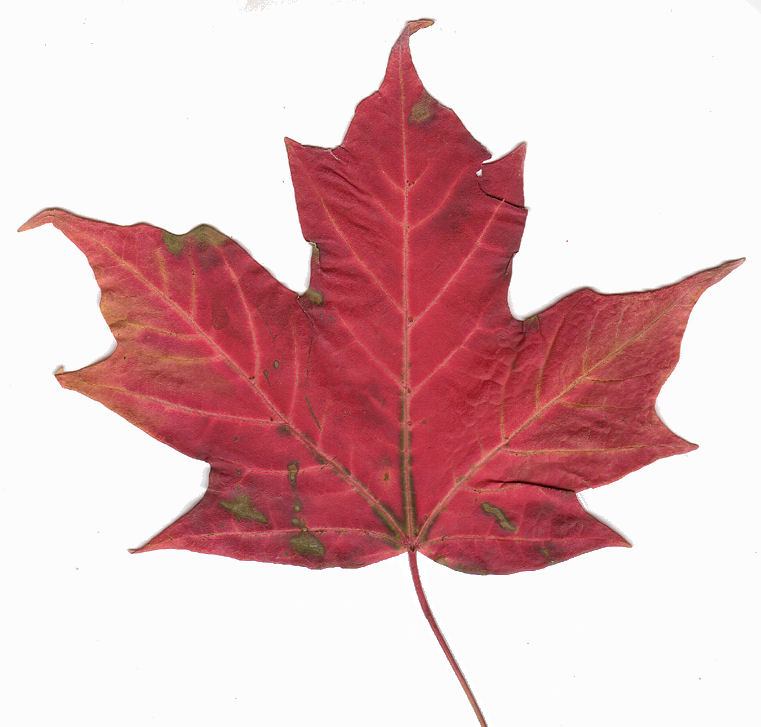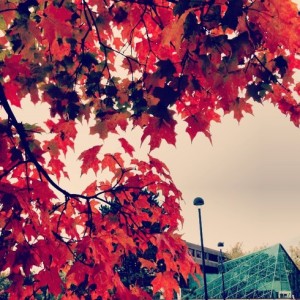Every fall, we get to see normal, everyday green leaves change into extraordinary colors. From the vast array of New York City parks, to the beautiful landscape of the North Country, these beautifully colored leaves sure do “leave” an impression on the everyday traveler. Every year we see these beautiful leaves change colors, and every year we ask ourselves the same question, why?
Expert Response
 Name: Dylan Horvath
Name: Dylan Horvath
Capacity:Steward of Natural Areas
Campus: Binghamton University
Expertise: Research in wildlife biology/ecology of wolverines, bats, salamanders and birds.
Read Dylan Horvath’s complete professional profile
Q: Why do leaves change colors?
A: As trees lose chlorophyll come wintertime, other pigments in the leaves become more visible.
Mr. Horvath explains:
One of the wonderful characteristics of the Northeast is the fall colors. It is said that ‘the hills come alive’ with fiery shades of red and orange, golden yellows, and even purple and rusty brown. Some people can actually tell which tree species they are seeing, just by the color of the leaves, but how many people know why deciduous leaves change color in fall?
Deciduous trees are ‘broadleaf’ trees, which drop their leaves in the fall, such as oak and maple trees. The green color of leaves in the spring and summer comes from a chemical called chlorophyll, which plants use to capture sunlight. Similar to the way humans can capture sunlight in solar cells and convert sunlight into electricity, plants convert sunlight (along with carbon dioxide, water, and nutrients from the soil) to usable food energy. Leaves contain other pigments, such as carotenes, the pigment that makes carrots orange, which are masked by the presence of chlorophyll.
With fewer hours of daylight in the winter, the amount of sunlight deciduous trees can capture is not enough to support their leaves through the winter. Also, the winter is actually a time of drought for plants. Seems counterintuitive with water all around, but the water is frozen in the form of ice and snow. Therefore, trees stop maintaining leaves, drop them (hence the season of ‘Fall’), and live off of stored energy. Conifers, ‘evergreen trees’, retain their needle leaves all year long since needles take less energy to maintain and the needles’ waxy coating helps to retain water. As deciduous trees cut off nutrients from the leaves, the leaves stop producing chlorophyll. The other pigments in the leaves become visible as the last chlorophyll breaks down, inadvertently giving us humans our fall color show.
So, as it turns out, the leaves changing is all due to sunlight! Which, perhaps, is why the bases of Adirondack mountains seem to change a little before their tops!
More: See how these beautiful colored leaves changed our SUNY campuses!



